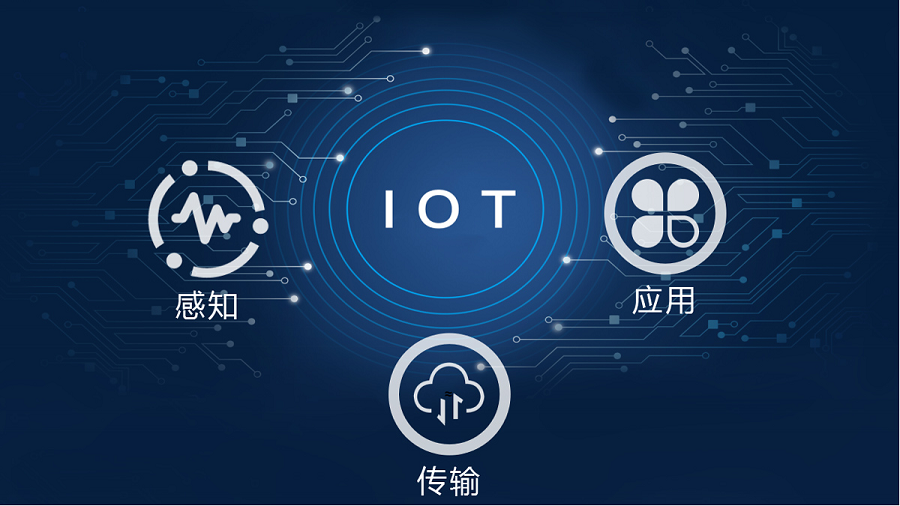IoT connects enterprise sensors, assets, data, software, and business processes. It brings together all the different components of the IoT infrastructure so that enterprises have access to every possible application to meet business needs.

The development of the Internet of Things has brought huge opportunities and challenges to enterprises. There are mainly four major development trends:
1. Rapidly growing number of connections
Over time, the number of IoT-connected devices will grow exponentially. More and more devices and objects will be connected to the Internet, forming a huge IoT ecosystem. This will include home devices, industrial equipment, smart city infrastructure, and more. It is expected that by 2030, the number of devices connected to the Internet of Things worldwide will exceed tens of billions.
2. Data explosion and big data applications
The massive amounts of data generated by the Internet of Things will be a major driver in the future. Sensors and devices continuously collect and generate data, which can be used to provide applications such as real-time insights, predictive maintenance, and intelligent decision-making. Big data analytics and artificial intelligence technologies will play a key role in the Internet of Things, helping businesses and organizations extract value from data.
3. The importance of security and privacy protection
With the increase in IoT devices, security and privacy protection have become particularly important. Vulnerabilities in IoT devices can lead to data breaches, identity theft, and cyberattacks. Therefore, ensuring the security of IoT systems will become a key challenge. Technological innovation and standardization measures will play an important role in protecting IoT devices and networks from threats.
4. The rise of edge computing
Another trend in IoT is the rise of edge computing. Edge computing refers to moving data processing and computing functions to edge nodes near IoT devices instead of relying on remote cloud servers. This distributed computing model can reduce the delay of data transmission and improve the response speed of the system. Edge computing can also reduce the load on cloud servers and reduce data transmission and storage costs.

These trends jointly promote the development of the Internet of Things and bring more opportunities and challenges to all walks of life. With the continuous advancement and innovation of technology, the application and impact of the Internet of Things will become more extensive and far-reaching.